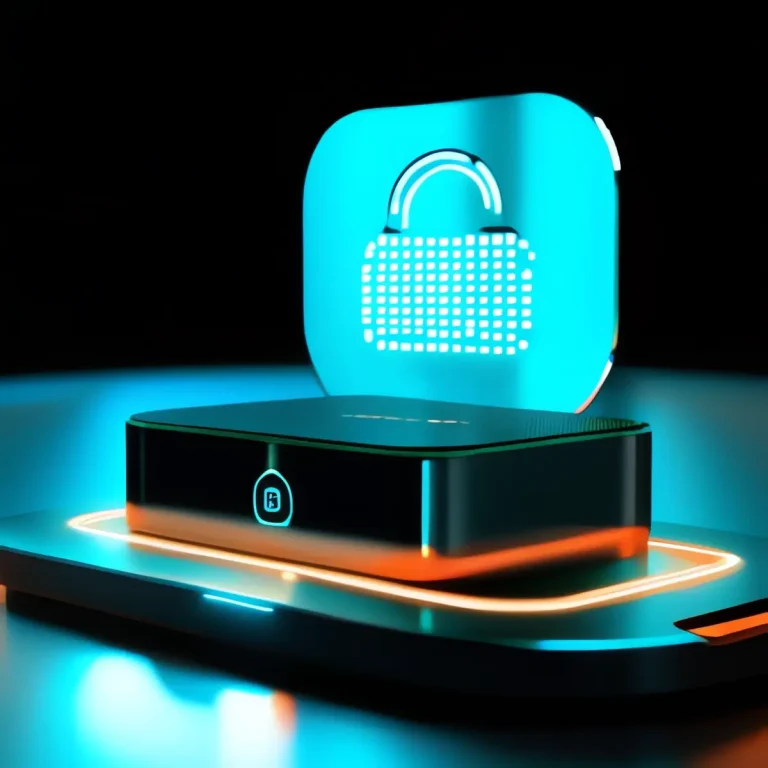Best practices for sending push notifications

In today’s digital landscape, where attention is a scarce commodity, push notifications serve as a vital tool for app developers to stay connected with their users. However, the effectiveness of push notifications hinges on more than just delivering a message—it’s about delivering the right message, to the right person, at the right time. In this article, we’ll explore the best practices for sending push notifications that maximize engagement and enhance the user experience.
Personalization is Key
Personalization lies at the heart of effective push notifications. By leveraging user data such as preferences, behavior, and demographics, developers can tailor messages to individual users, making them more relevant and compelling. Personalized notifications have higher open rates and engagement levels compared to generic messages, as they resonate with users on a deeper level.
Timing is Everything
Timing plays a crucial role in the success of push notifications. Sending messages at the right time increases the likelihood of user engagement. Avoid bombarding users with notifications during inconvenient hours, such as late at night or early in the morning. Instead, analyze user behavior patterns to identify the optimal times for sending notifications when users are most likely to be receptive.
Keep it Concise and Clear
In a world inundated with information, brevity is key. Keep push notifications concise and to the point, conveying the message in a clear and compelling manner. Use attention-grabbing language and avoid jargon or unnecessary details. Users should be able to understand the purpose of the notification at a glance.
Provide Value
Every push notification should offer value to the user. Whether it’s informing them about a new feature, alerting them to a special offer, or providing relevant updates, ensure that each message serves a purpose. Avoid sending notifications that are purely promotional or irrelevant to the user’s interests, as they may lead to annoyance and opt-outs.
Segment Your Audience
Segmentation allows you to target specific groups of users with tailored messages based on their characteristics or behavior. Divide your audience into segments based on factors such as demographics, location, engagement level, or purchase history. This enables you to send highly targeted and relevant notifications that resonate with each segment.
A/B Test Your Messages
Experimentation is key to optimizing your push notification strategy. Conduct A/B tests to compare different message variations, including wording, timing, and call-to-action buttons. Analyze the performance of each variation to determine which resonates best with your audience and drives the desired outcomes.
Respect User Preferences
Respect user preferences and permissions when sending push notifications. Provide clear opt-in/opt-out options and allow users to customize their notification settings according to their preferences. Avoid sending excessive or spammy messages, as this can lead to user frustration and opt-outs.
Measure and Analyze Performance
Regularly monitor and analyze the performance of your push notification campaigns. Track metrics such as open rates, click-through rates, conversion rates, and app retention to gauge the effectiveness of your messages. Use this data to iterate and refine your strategy for continuous improvement.
Conclusion
In conclusion, mastering the art of push notifications requires a strategic approach that prioritizes personalization, timing, value, and user preferences. By implementing these best practices, app developers can create engaging and impactful notification experiences that enhance user engagement, retention, and satisfaction. Remember, it’s not just about sending a message—it’s about delivering a meaningful and valuable interaction that adds value to the user’s experience.
Like what you’re reading?
Push0 is a privacy-first push notification service built for devs and marketers who care.
Try it free for 14 days — no credit card, no fluff.



